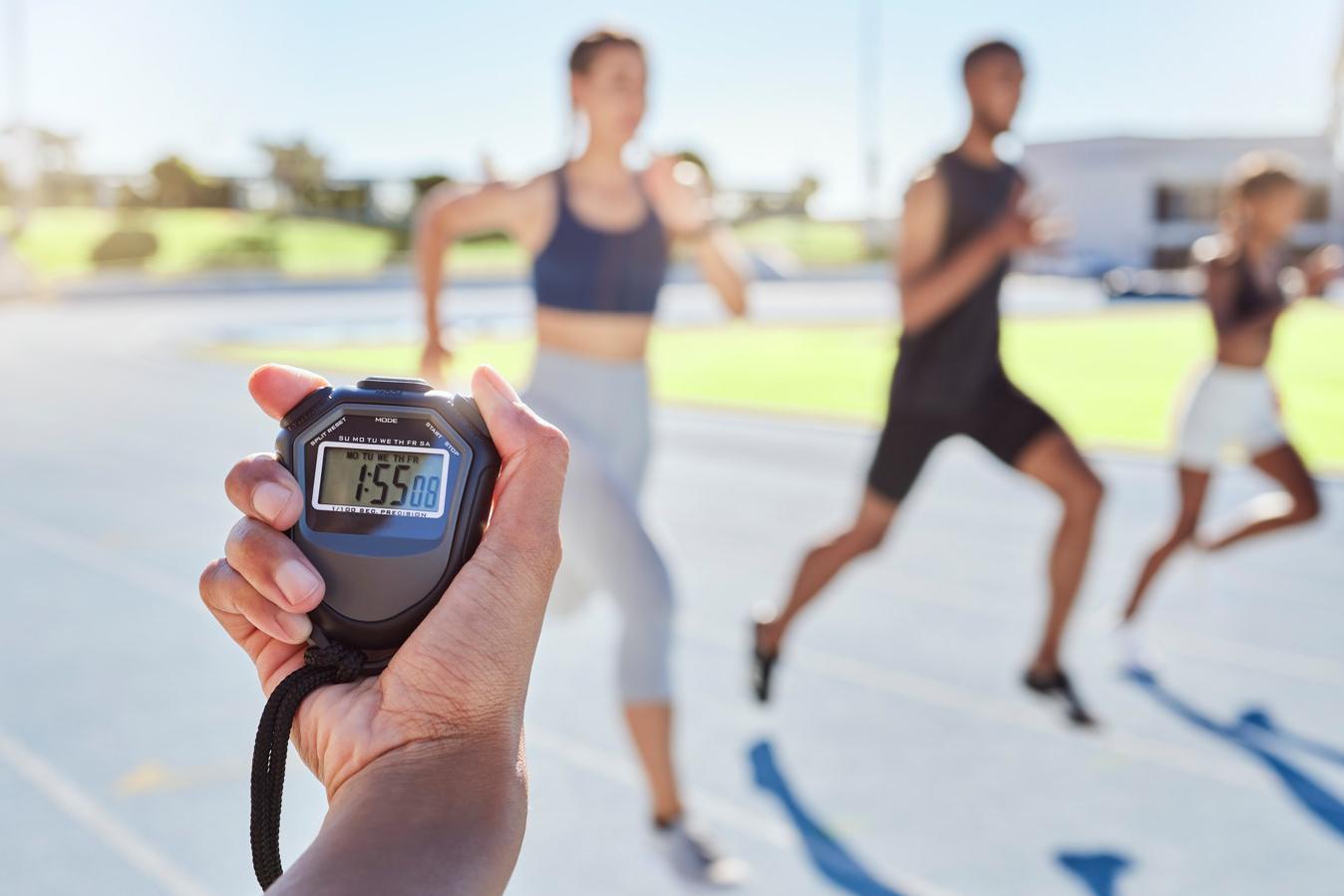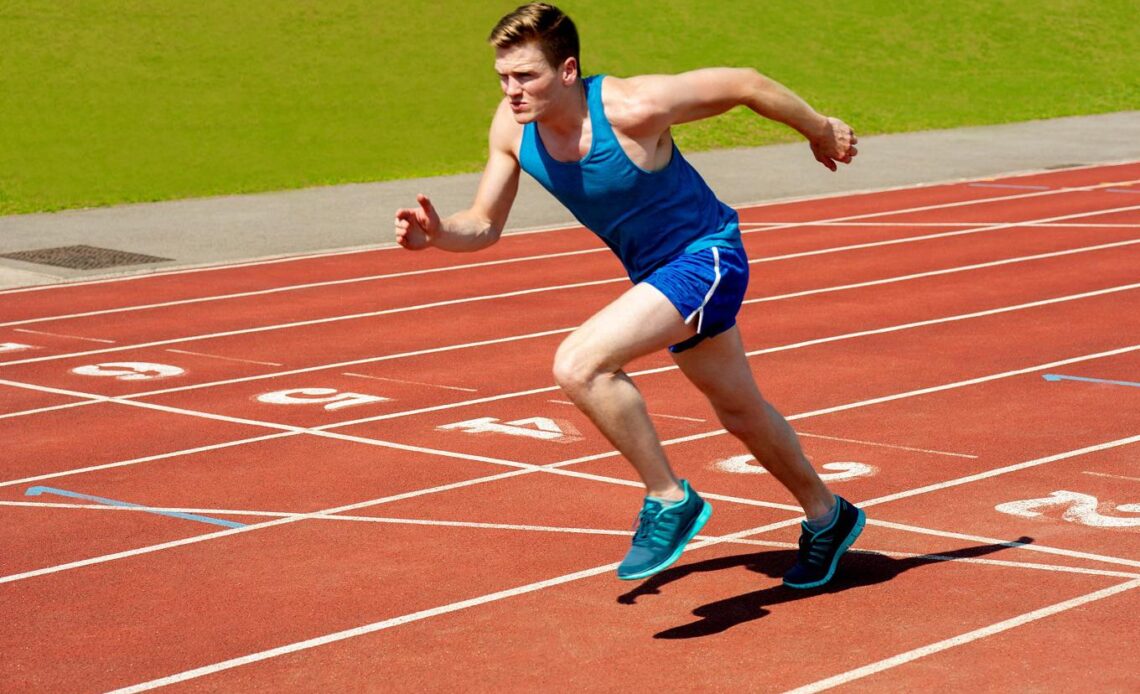
What is shuttle running, what is the correct technique and how to improve results.
- What is this
- Types
- Technique
- Standards
- How to improve performance
Yulia Gulyaeva, XFIT expert;
Albert Mannanov, founder of the MannanovSwim swimming school, winner and medalist of the European Championships in the Masters category, winner of the European Cup in open water swimming, master of sports in swimming.
What is shuttle running
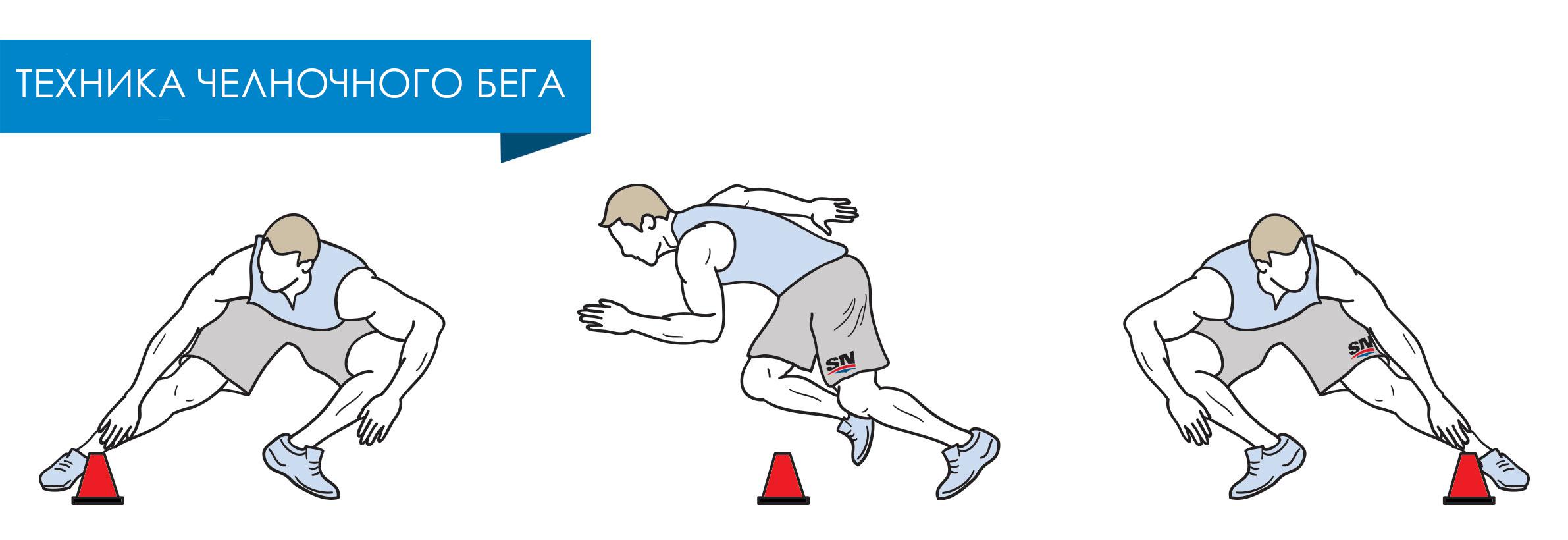
The shuttle run is a testing exercise that measures speed, agility and cardiorespiratory fitness. (1). This is a continuous run back and forth over a certain distance between two lines. The exercise can vary in intensity, duration and distance. Such tests are designed to assess speed and agility (2).
Athletes systematically add shuttle running exercises to their training programs to improve performance in other areas, including competitive team sports, regular running, or swimming.

What does shuttle running develop?
These exercises help improve aerobic and anaerobic fitness, which is the body's ability to absorb oxygen and convert it into energy and convert glucose into energy without using oxygen.
Yulia Gulyaeva says that shuttle running requires many qualities and skills from an athlete:
- speeds;
- dexterity;
- flexibility;
- reactions;
- speed-strength endurance.
“Shuttle running is not only an independent discipline. Athletes use it as general physical training in many sports, especially team sports: football, tennis, basketball, boxing and many others,” says Gulyaeva. “In addition, shuttle running has become a favorite among those who do fitness and crossfit.”
Albert Mannanov confirms that shuttle running is an important element of the training process in many sports: “It develops explosive strength, coordination and reaction speed. (3) Unlike regular running, which is more conducive to endurance, shuttle running requires frequent changes of direction and intense accelerations. This is especially useful for athletes in team sports such as football and basketball, where quick reactions and the ability to change direction are crucial.
Among other things, this type of running intensively develops motor skills and mechanics of movement, improves coordination capabilities, and involves many stabilizing muscles. Therefore, shuttle running can be considered fundamental in developing an athlete's speed.”
Depending on your fitness level, you may want to start with basic training and practice shuttle running for a few weeks before moving on to a more advanced level.
Types of shuttle running
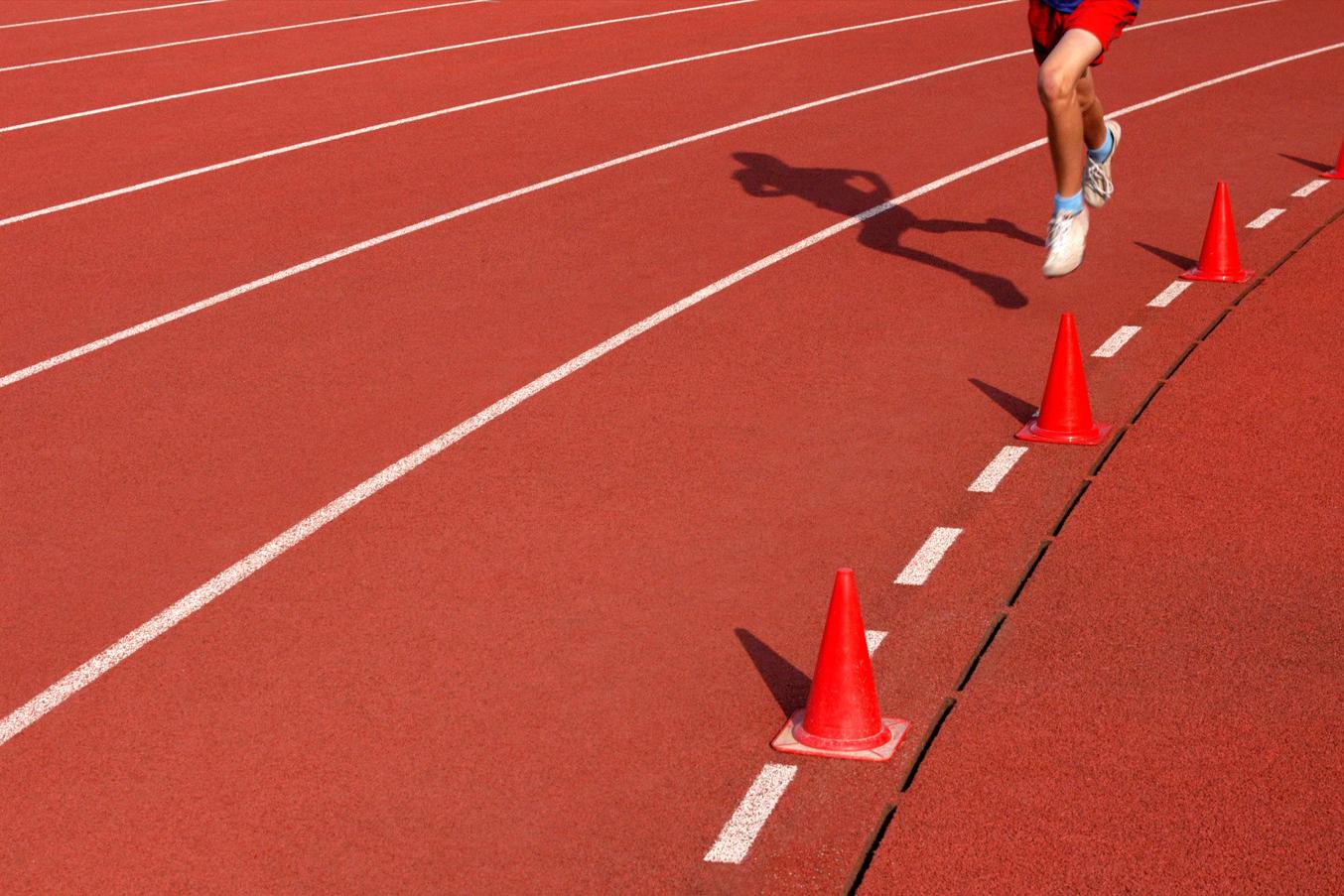
In shuttle running, you can think up your own training system, but there are several standard formats.
Shuttle run 3×10
A popular distance for schoolchildren to train, which is included in the GTO standard. The distance is 10 m, you need to run there and back three times.
Shuttle run 4×9
Format for high school students: 9m one-way and back race four times in a row.
Shuttle run 10×10
The number of repetitions has been increased – this format is used to prepare adult athletes. The distance of 10 m must be run there and back ten times.
Shuttle Run Technique
The shuttle run uses the same technique, regardless of the distance and time of training. The only difference is that at shorter distances you need to perform the exercise with greater intensity.

The rules of shuttle running are quite simple. (4):
- do not cross the line when turning;
- do not create interference for other participants.
Shuttle Run Standards

The end point of the distance must be run around or turned around, touching it with your hand. But in any case, the speed of the exercise is taken into account. Standards are determined based on the age of the athlete. For a distance of 3×10 m, the following results are counted in seconds (5):
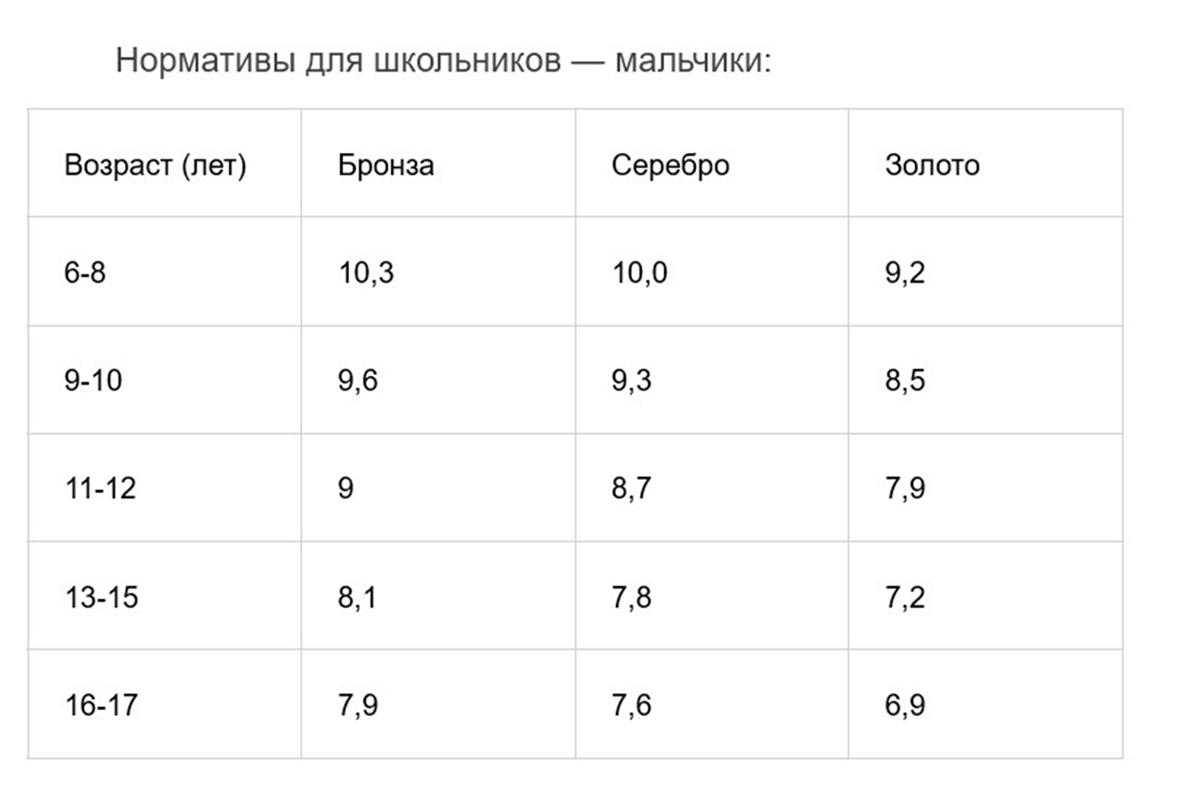
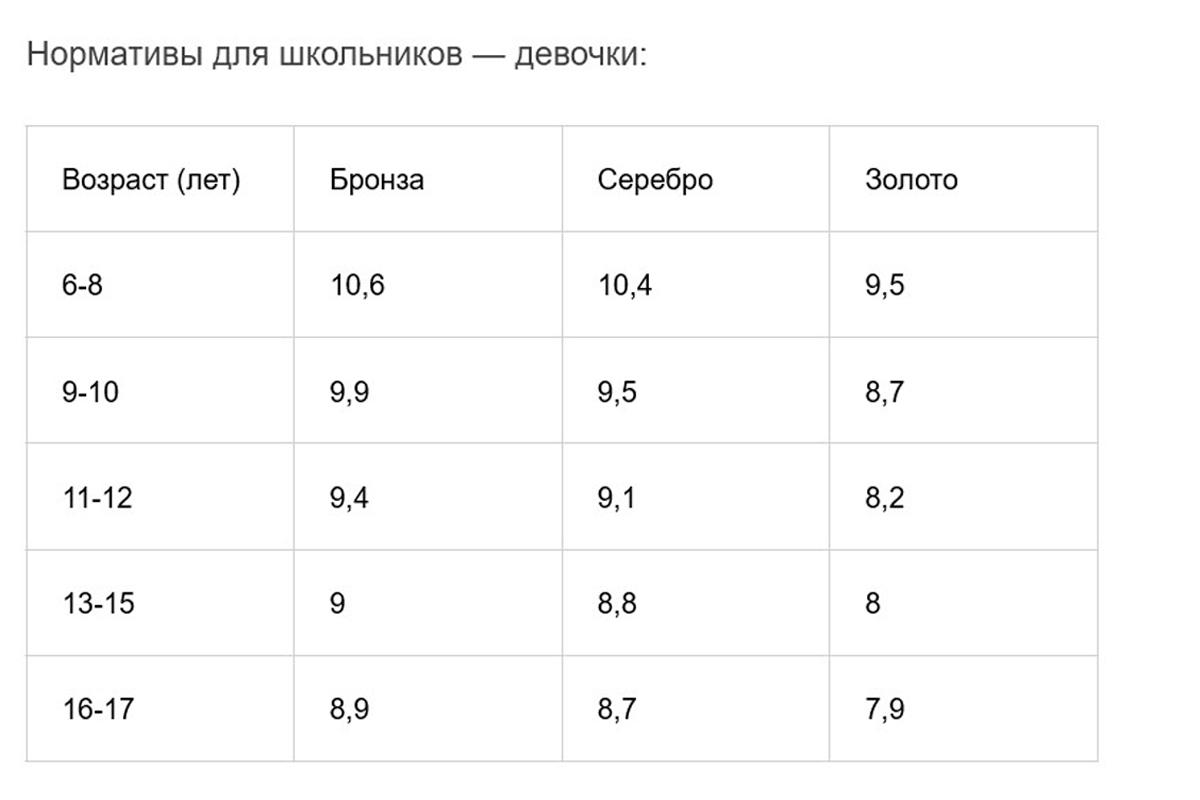
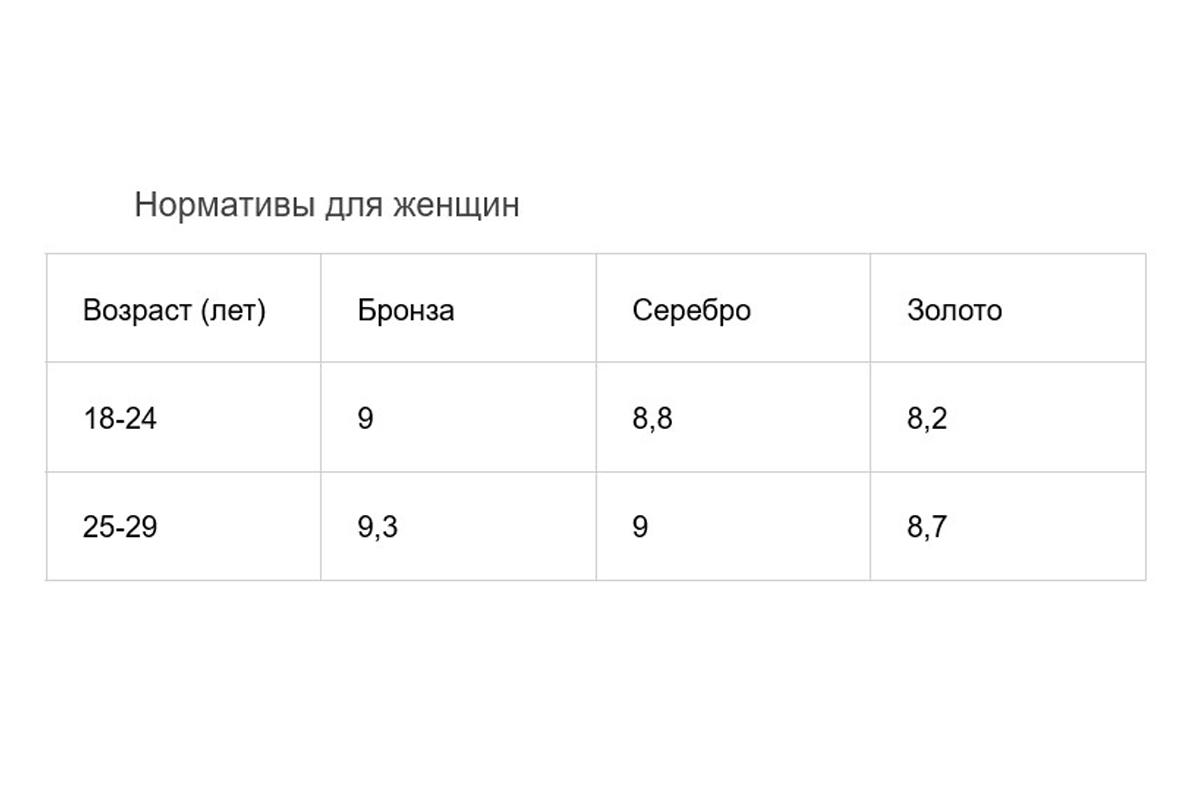
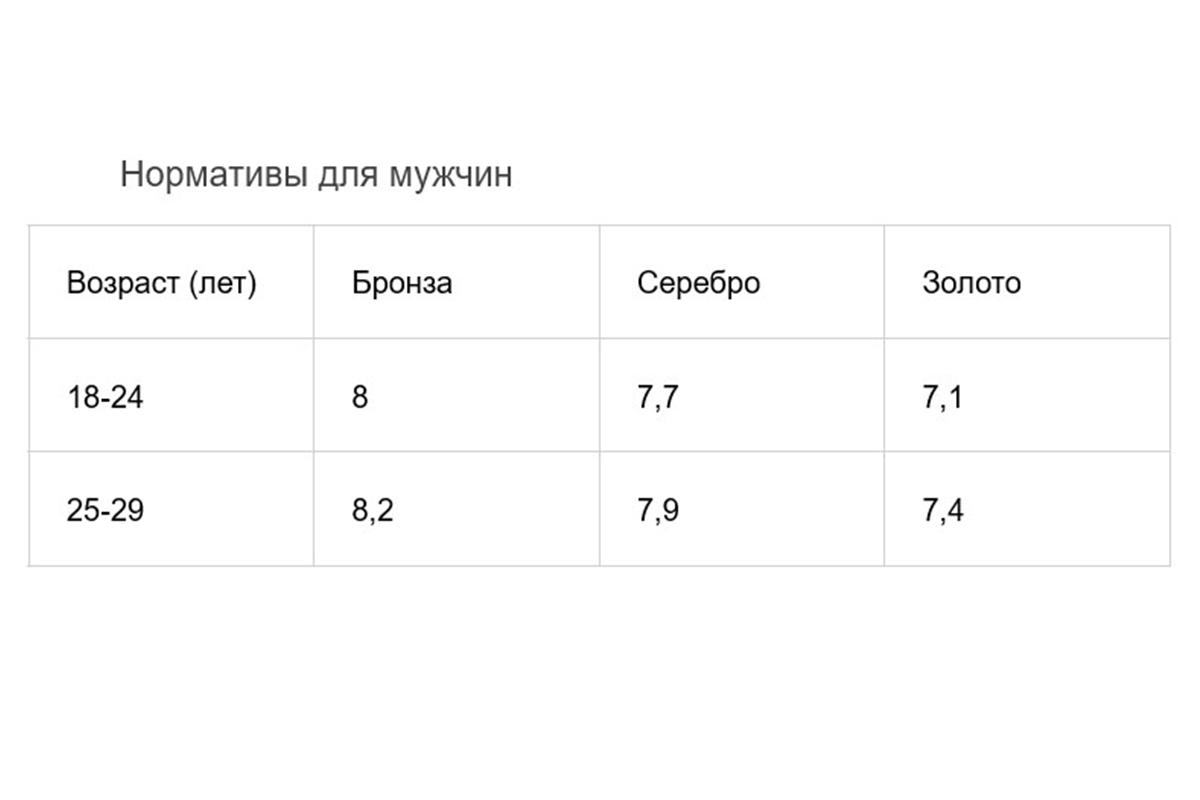
How to improve your shuttle run performance
